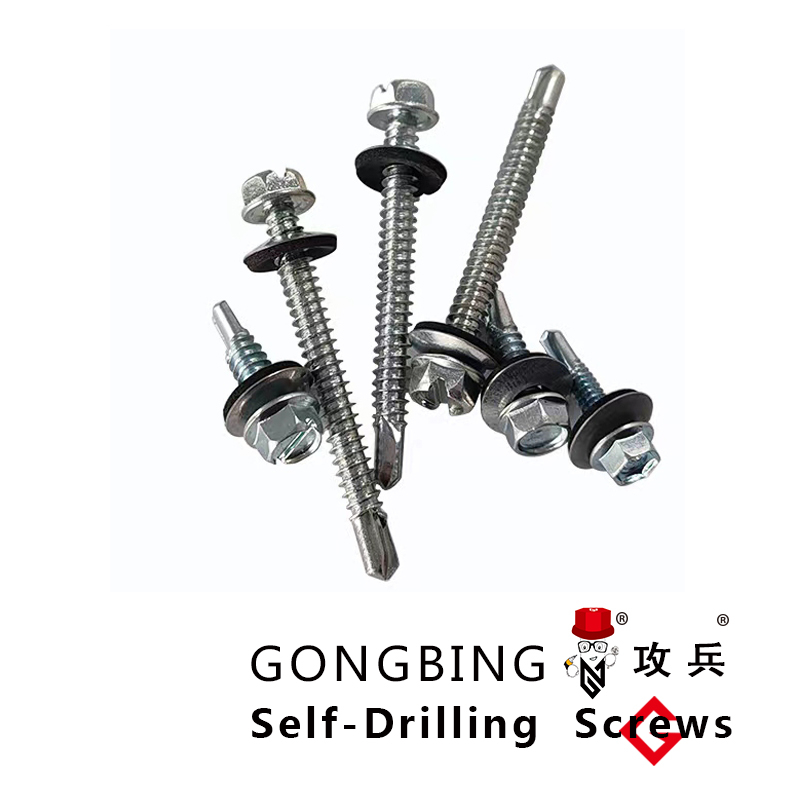double end studs
Double End Studs An Overview of Their Applications and Benefits
In the realm of construction and engineering, the importance of reliable fastening solutions cannot be understated. One such innovative fastening element that has gained popularity is the double end stud. This versatile component serves various applications across different industries, providing exceptional strength and stability. In this article, we will explore the functionality, benefits, and applications of double end studs.
What are Double End Studs?
Double end studs are cylindrical rods with threads on both ends. They are typically made from high-strength materials to withstand considerable loads and stresses. In essence, double end studs act as connectors, fastening two components together while allowing for adjustability. They come in various lengths, diameters, and thread configurations to suit specific needs.
Design Features
The design of double end studs enables them to fulfill multiple roles in construction. The threaded ends allow for secure connections to nuts, bolts, or other threaded components. A common design includes a smooth, unthreaded section in the center, which aids in the alignment and stabilization of the connected elements without the risk of damaging the material.
Applications in Construction
Double end studs find extensive use in both residential and commercial construction. They are often used in structural applications such as
1. Joining Structural Beams Double end studs can be employed to connect steel beams in a framework, ensuring stability and strength. Their dual-threaded design allows builders to easily adjust the tension and achieve a secure fit.
2. Pre-Engineered Buildings In pre-engineered structures, these studs provide a reliable means of connecting various pre-manufactured components. They facilitate quick assembly while maintaining structural integrity.
double end studs

3. Concrete Formwork Double end studs are also essential in concrete construction for formwork systems. They help hold the form in place, ensuring that concrete stays in the desired shape during the curing process.
Benefits of Using Double End Studs
The advantages of double end studs make them a preferred choice among contractors and engineers alike
1. Strength and Durability Made from robust materials such as stainless steel or carbon steel, double end studs can withstand heavy loads and harsh environmental conditions. This durability reduces the need for frequent replacements.
2. Easy Installation The dual-thread design allows for quick and straightforward installation. Because they can be connected from both sides, they are particularly useful in tight spaces where access is limited.
3. Versatility Due to their flexible design, double end studs can be used in a wide range of applications beyond construction, including automotive assembly and manufacturing processes.
4. Adjustability The ability to adjust the tension of the connection allows for fine-tuning and improved structural performance, making them ideal for dynamic environments such as seismic or high-wind zones.
Conclusion
In summary, double end studs are an essential component in modern construction and engineering. Their ability to connect and stabilize multiple components makes them invaluable in building frameworks, heavy machinery, and various assembly applications. The strength, durability, and ease of installation offered by double end studs contribute significantly to the efficiency and performance of construction projects. As industries continue to evolve, the importance of such fastening solutions, including double end studs, will likely only increase. In an era where reliability and efficiency are paramount, understanding and utilizing high-quality fastening components is crucial for any construction endeavor.
-
Weatherproof Plastic Expansion Anchors for OutdoorNewsJun.06,2025
-
Sustainability in the Supply Chain: Eco-Friendly TEK Screws ProductionNewsJun.06,2025
-
Load-Bearing Capacity of External Insulation FixingsNewsJun.06,2025
-
Double Head Bolts: Enhancing Efficiency in Industrial MachineryNewsJun.06,2025
-
Corrosion Resistance in Chipboard Screws: Coatings for Wholesale DurabilityNewsJun.06,2025
-
Butterfly Toggle Bolts : Enhancing Structural ResilienceNewsJun.06,2025
